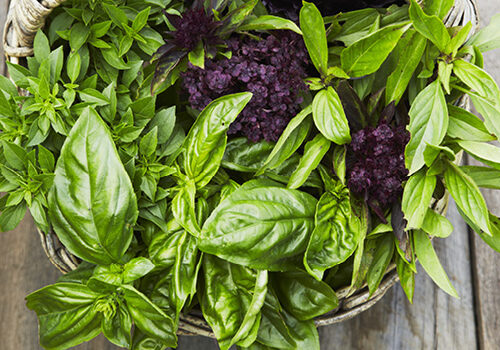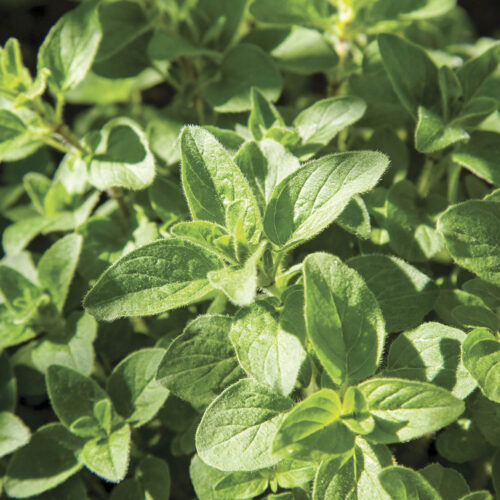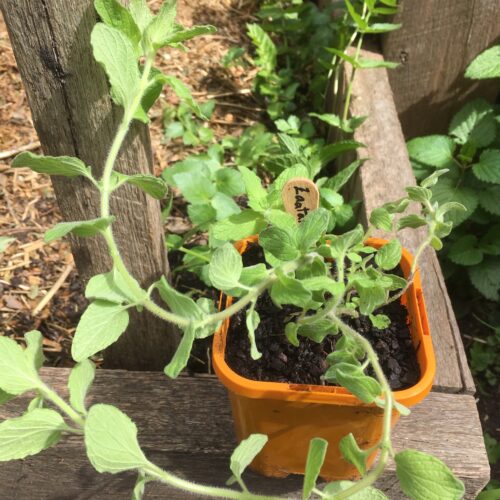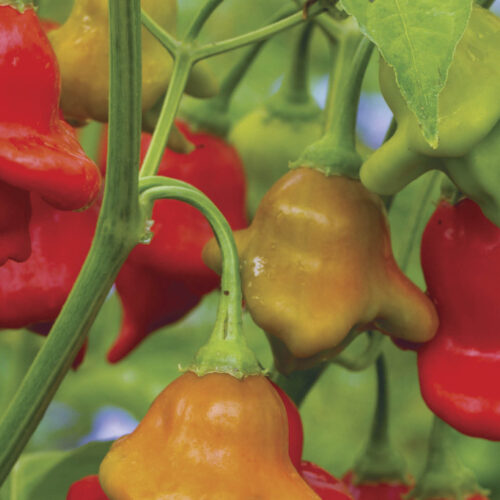Bush tea saves the day
2014-02-13T22:31:45+11:00
After a hard morning gardening, a cup of bush tea makes a refreshing pick-me-up.
The other day my family joined a couple of others for a working bee over at a plot of land we share to grow vegetables. The soil here is so fertile that it grows the healthiest cobblers pegs you can imagine – six foot high triffids that are intent on local domination. It needed a major effort to control them, and with six adults and a few kids helping, we got the 1000 square metre plot under control in about three solid hours.
Half way through the morning, of course, we needed a cuppa. My wife Kylie had brought the thermos and some milk and sugar. Shame she forgot the tea. Not to worry, our friends said. Let’s just make some bush tea from lemon and aniseed myrtle. As you do.
Off went the girls to pick some leaves from trees in the rainforest, and a few minutes later we had filled our cups with boiling water and the leaves of our choice were steeping. I’m not usually a raving fan of herbal tea, but I like licorice and aniseed myrtle (Syzygium anisata) sounded like a half decent option. I have to admit, the tea was delicious! Refreshing and tasting mildly of aniseed. Just the kind of pick me up I needed during a hard morning’s work.
The moral of the story is simple: It’s really easy to grow your own herbal teas, and not that difficult to grow the true tea plant. First, herbals. There are so many suitable leaves. As a general rule, if you can eat a leaf, you can also dunk it in boiling water and drink the liquid. Obviously some leaves are going to give better results than others, so experiment. I was generally amazed by how tasty that aniseed myrtle was.
As for genuine tea, you might be surprised to learn that a simple green tea is a complete doddle to make. First, you need to pick some tender young leaves, and for that you’ll need to grow a tea camellia (Camellia sinensis). The plants perform beautifully anywhere regular camellias can be grown, that is, in subtropical and warm temperate climates, and in soil that is fertile, rich in organic matter, and slightly acidic. Gardens right along the Great Dividing Range are generally suited to camellia growing, and if conditions at your place are marginal, there’s always the option of growing a tea camellia in a pot.
To make tea, take your harvested leaves and crush them up a bit with a mortar and pestle to bruise the leaf cells. Then throw them in a plunger (or straight in a cup), and cover with just boiled water. Let this steep for a few minutes, and when the colour of the liquid is slightly green, the tea is ready to drink. Add honey/sugar if you want some sweetness, otherwise enjoy a refreshing brew picked from homegrown leaves. Who knows, you might even get adventurous and start making proper black tea. There’s a process involved, but it’s doable. Ed’s note: Look out for an article on growing tea in an upcoming issue of Organic Gardener magazine.
Image: Tea camellia, Camellia sinensis





